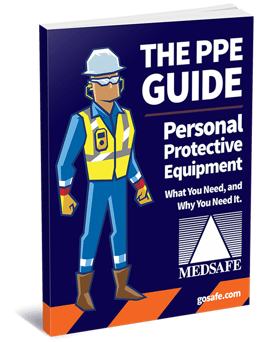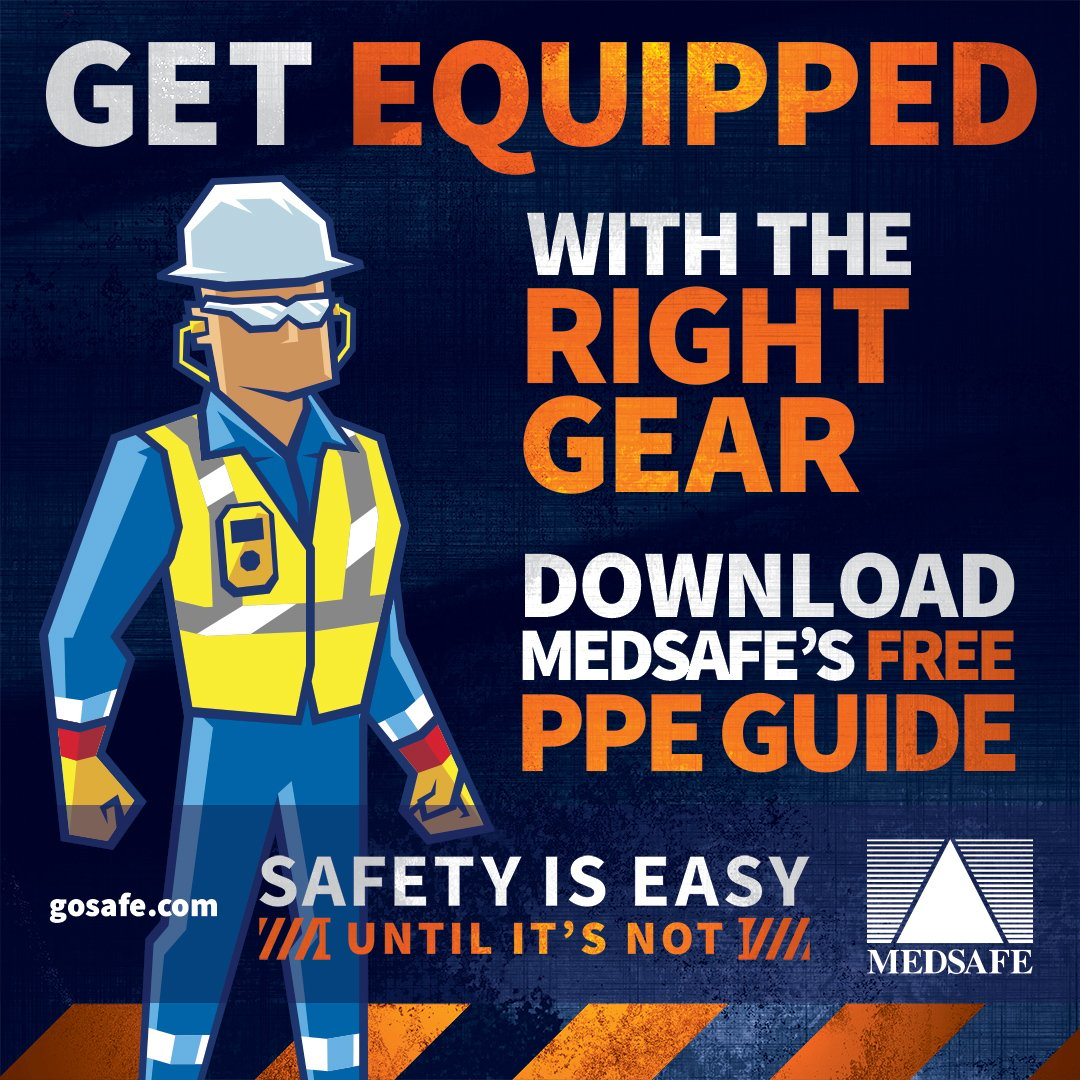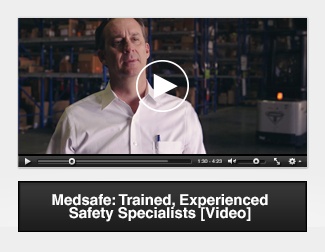Do you have a favorite sound? Is it the sweet laughter of someone you love? Or do you appreciate the sounds of a rushing river or waves lapping upon the beach of your favorite seaside town? Or, like many Millennials, maybe your favorite sounds are your favorite songs played from your iPod while wearing ear buds.
No matter what your favorite sounds are, how do you protect your hearing so that you are not a victim of Noise Induced Hearing Loss (NIHL), especially if you are a Millennial, whose hearing may already be compromised from over exposure to personal electronic devices?
Unfortunately, hearing loss negatively impacts a person’s job, relationships, and lifestyle. The Centers for Disease Control (CDC) says that hearing loss “is the third most common chronic physical condition in the United States. It is twice as common as diabetes or cancer.”
The National Institute on Deafness and Other Communication Disorders (NIDCD) estimates that “approximately 15 percent of Americans (26 million people) between the ages of 20 and 69 have high frequency hearing loss due to over exposure to noise at work or during leisure activities.”
Over exposure to noise can be detrimental to hearing health and can lead to:
- Tinnitus (ringing in the ears)
- Temporary, mild, or permanent hearing loss
- Loss of productivity
- Increased probability of work related accidents and injury
The Millennial Generation - Wired for sound and at risk for hearing loss
According to the U.S. Bureau of Labor statistics, Millennials represent 36% of the U.S. workforce and will represent 75% by the year 2025. Born between 1980 and 2000, they have already experienced a steady stream of loud noise in their personal lives through ear buds and personal electronic devices. Plus, younger workers entering the workforce often underestimate the risks of noise hazards.
Additionally, the World Health Organization (WHO) estimates globally that 1.1 billion teenagers and young adults, which includes Millennials, are already at risk for hearing loss from unsafe use of electronic devices or from exposure to dangerous sound levels at nightclubs, concert halls, or sporting events.
In February of 2017, the U.S. Centers for Disease Control released a survey that said around 8 million people ages 20 to 29 . . . suffer from some kind of hearing loss.” This amounts to 7 percent of this age group who can’t hear high-pitched sounds. This figure goes up to 10 percent for people ages 30 to 39.
The cumulative effect of over exposure to sound in Millennials’ personal and workplace lives could cause the “generation wired for sound” and the younger generations that follow to suffer from hearing loss more frequently than the generations before them. Safety managers and professionals need to address the increased risk of hearing loss for Millennials in their hearing conservation programs, especially since they represent over a third of today’s workforce.
How to Motivate Millennials to Protect their Hearing through Technology
Luckily, despite these statistics, the World Health Organization (WHO) says Noise Induced Hearing Loss “is the most common, permanent, and preventable occupational injury in the world.” Since Millennials are now the largest generation in the U.S. labor force, having surpassed Baby Boomers and Gen Xers, how can we motivate them to protect their hearing at work and in their personal lives?
Most safety managers are familiar with the primary methods to help prevent hearing loss including education, engineering and administration controls, “buy quiet” practices, and the use of Hearing Protection Devices (HPDs), such as foam earplugs and earmuffs.
However, with Millennials, there is another tool which can be helpful - technology and the evolving smart phone apps that help measure sound. After all, Millennials have grown up on technology and respond positively to it. They are tech-savvy, well educated, and they love a good smart phone app.
Sound Level Meter Apps Can Increase Awareness of Hearing Protection & the Danger of Loud Noises
How can you tell when a noise is unhealthy for your ears? There's an app for that. Sound-level meter apps available for smart phones “can have a tremendous and far-reaching impact in the area of noise control," says the CDC. The mobile nature of the smart phone makes it easy for Millennials to take control of their hearing health by downloading apps that measure the decibel level of sounds in the environment around them. The CDC and NIOSH say the benefits of these apps include:
- Raises workers’ awareness about their work environment
- Helps workers make informed decisions about the potential hazards to their hearing
- Serves as a research tool to collect noise exposure data
- Promotes better hearing health and prevention efforts
- Easy to use
Although many smart phone apps are very accurate, they should not be used for OSHA compliance purposes or professional-grade sound measurement. Instead, sound meter apps should be used as a tool to screen surrounding environments for noise pollution, including workplaces, gyms, concerts, power appliances, kitchen tools, loud moving vehicles, airports, etc. Smart phone apps are not intended to be used in diagnosis or treatment of any medical condition nor are they intended to be used as legal evidence for workplace/merchandise safety.
However, the inexpensive cost, ease of use, and portability of smart phone apps can provide Millennials with an approximate value of noise levels to motivate them to use hearing protection devices, which include foam earplugs, passive and electronic earmuffs, custom molded earplugs, banded protection, etc.
CLICK HERE for a list of Sound/Noise Meter apps for Apple products. Note: These apps are designed to give approximate values and are not intended to provide professional-grade sound measurement.
Six Workplace Training Strategies that will Empower Millennials to Protect Their Hearing
How can a safety professional encourage Millennials to better protect their hearing both in their professional and personal lives? One key way is to develop digital safety training that caters to the generation that grew up with a cell phone in their purse or pocket.
1. Throw away that black training binder and go digital.
Offer safety training on-the-go by including mobile-enabled training in your safety courses. This gives Millennials the flexibility to train anytime and anywhere and to engage in training when it best fits into their workflow.
2. Include lots of safety training videos in your modules.
Millennials prefer video to PowerPoint decks as they often prefer watching video to reading. The popularity of YouTube among Millennials is a testament to video-based training modules. For example, many workplaces use disposable foam earplugs for their hearing protection. Instead of showing a diagram on how to insert the earplug, show a video that focuses on proper insertion techniques. Many foam plug manufacturers have videos like this on their websites for easy download.
3. Position your classroom instruction as a “Coaching Class.”
4. Break up content into bite-size, easy-to-read pieces with lots of headlines.
5. Use social media to enhance training.
Possible social media training exercise for hearing protection:
Have your employees download one of the sound/ noise level meter apps from the internet, many of which are free. You may want your employees to download different apps to compare differences. Like a treasure hunt, give your employees three or five key noise areas to measure the Sound Pressure Level (SPL) with their apps. On a dedicated Facebook page for the training exercise, ask them to post the sound pressure level in decibels that correlates to the different noise areas being measured.
Then review the results of the exercise in a group setting. For this discussion, make sure you have different kinds of hearing protection available with a range of NRRs. Then discuss the type of hearing protection needed or not needed for the different noise areas. This exercise makes learning more engaging and memorable and helps increase awareness of “hearing loss danger zones” at your workplace.
6. Ask Millennials for their input about the hearing protection devices for your safety program.
Make it fun. Ask them to take a “selfie” wearing the hearing protection and to comment on what they like or don’t like about the product in 140 characters or less—think Twitter. This exercise can provide the safety manager with valuable insight on which HPDs will be more readily adopted by their Millennial employees, which always helps increase compliance.
Sound Meter Level Apps Help Raise the Consciousness of Noise Pollution
Whether you are a Millennial, a Gen-Xer, or Baby Boomer, all workers need to be aware of the dangers of hearing loss. One way to increase awareness is through sound meter level apps that can be affordably downloaded from iTunes or Google Play. Although these apps can’t be used for OSHA compliance, many of them serve as a viable measurement tool that can alert workers to the hearing hazards around them at work and at play.
Sound meter apps help raise the consciousness level of noise pollution, and hopefully, the increased awareness will lead to heightened levels of compliance for wearing the proper hearing protection at work. Who knows, maybe Millennials will begin to keep foam earplugs in their purses or pockets alongside their smart phones.
Medsafe carries a wide variety of Hearing Protection. CLICK HERE to visit the Medsafe website's Safety Footwear section.
This article was produced by Mary Padron, and was originally published in part as a Radians editorial for the September 2017 issue of OH&S Magazine. Mary Padron is a MarCom specialist for Radians, a leading manufacturer of high performance safety products.
The Medsafe PPE Guide is Now Available!
The guide covers six different categories of common PPE, and was created with YOU in mind. The guide has been designed to break down the process of PPE identification and selection, and make selecting products a more straightforward operation.
Each category addresses the relevant regulatory standards in place for both manufacturing and compliance, so you’ll know exactly what you need, and why you need it. We also outline the factors to consider when choosing a product, making the entire process less confusing. And finally, we provide links to relevant product categories at gosafe.com, so you can take a closer look, and even make your purchases online.
To download your copy of the Medsafe PPE Guide, click the link below:









